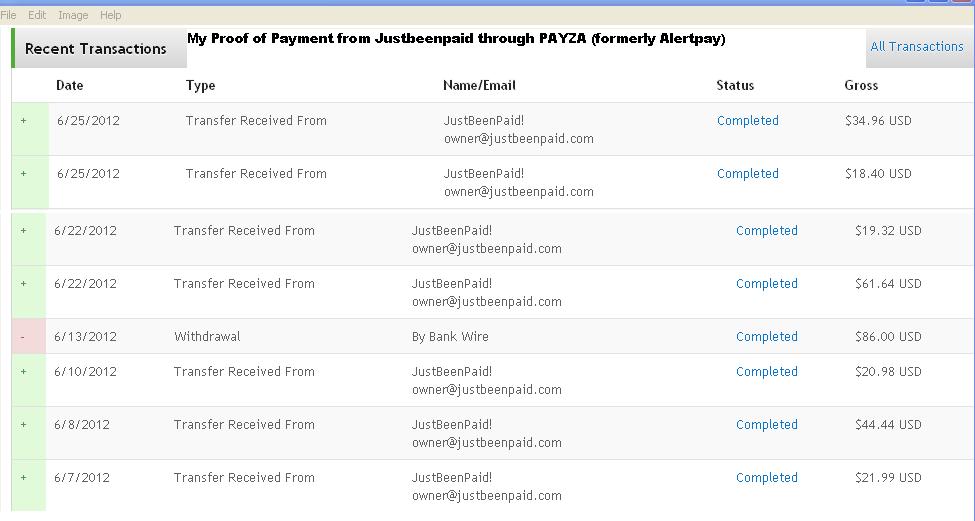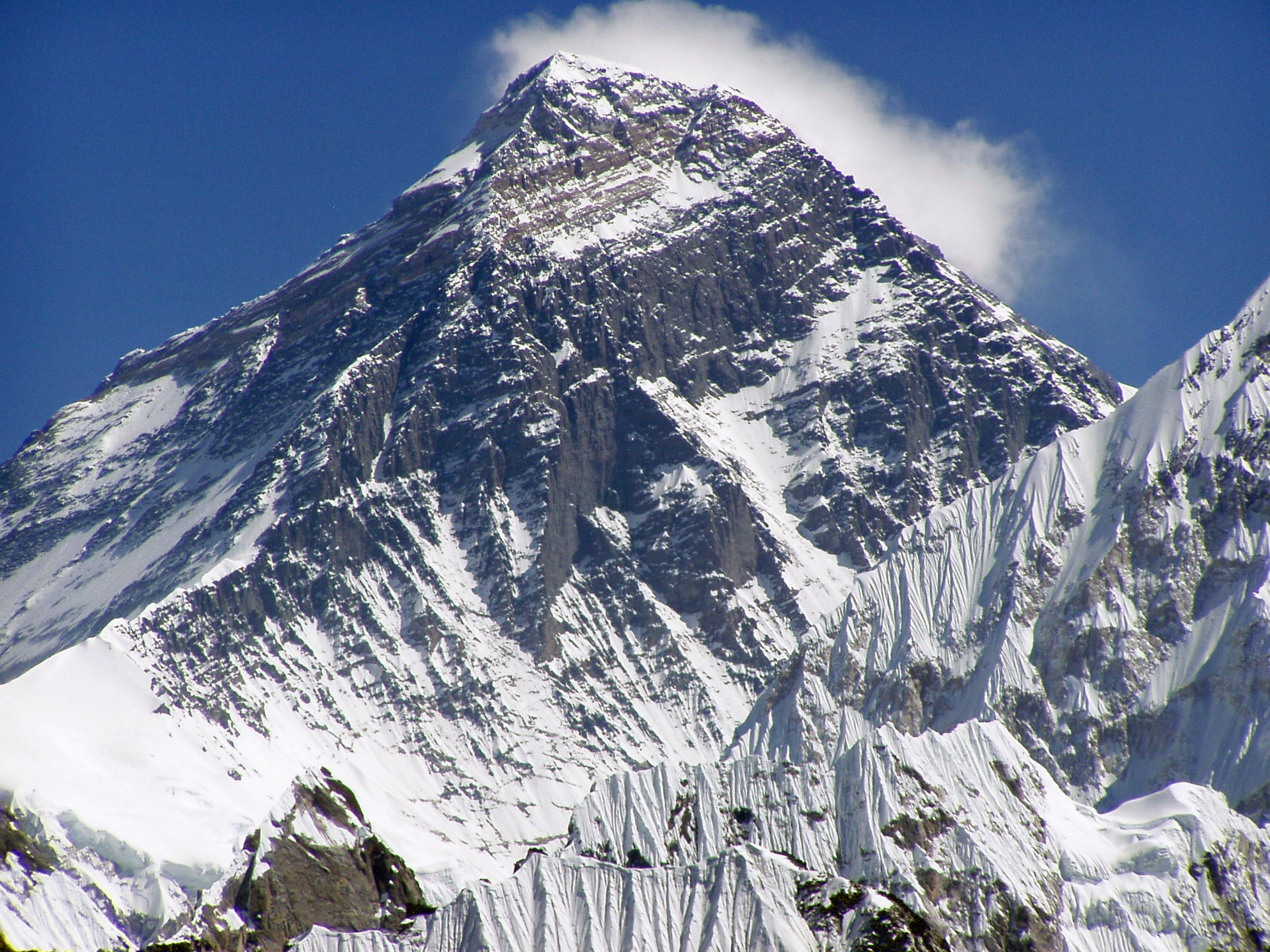मनचाहा करियर पाना हर किसी की चाहत होती है और करियर की दिशा में आगे बढने की पहली सीढी है जॉब के लिए आवेदन करना। आजकल सब कुछ हाइटेक हो गया है। वैसे तो युवा पीढी टेक्नोलॉजी के मामले में बहुत स्मार्ट है, फिर भी ऑनलाइन जॉब ऐप्लिकेशन भेजते समय कई बार कुछ ऐसी गलतियां हो जाती हैं, जो आवेदनकर्ता के लिए नुकसान देह साबित हो सकती हैं। इसलिए ऑनलाइन जॉब ऐप्लिकेशन फॉर्म भरते समय आपको इन बातों का ध्यान जरूर रखना चाहिए :
1. हमेशा अपडेट करें रेज्यूमे :
आमतौर पर युवाओं को जब वेबसाइट्स पर किसी जॉब का विज्ञापन दिखाई देता है, वे आनन-फानन अपना वही पुराना रेज्यूमे भेज देते हैं। ऐसा न करें क्योंकि इससे नियोक्ताओं के सामने अच्छा इंप्रेशन नहीं जाएगा। हर जॉब की अपनी प्रोफशनल मांग होती है और बिना अपडेट किए रेज्यूमे भेजने से यह जाहिर होता है कि आवेदक अपने करियर के प्रति गंभीर नहीं है।
2. जरूरी है सावधानी :
रेज्यूमे तैयार करते समय यह सुनिश्चित कर लें कि उसमें आपके निजी विवरण और शैक्षणिक योग्यता से जुडी सारी जानकारियां हों। अंत में अपना मोबाइल नंबर लिखना न भूलें।
3. जॉब की जरूरतों को समझें :
पहले विज्ञापन को ध्यान से पढकर संबंधित पद के लिए जरूरी क्वॉलिफिकेशंस और सॉफ्ट स्किल्स को समझें। फिर उस जॉब से संबंधित अपनी योग्यताओं को उभारते हुए नया रेज्यूमे तैयार करें।
4. सही क्रम में हों जानकारियां :
अपने रेज्यूमे में विशेष शैक्षणिक योग्यताओं और पूर्व कार्य अनुभवों का उल्लेख जरूर करें। इस क्रम में आपकी नवीनतम शैक्षणिक योग्यता या वर्तमान जॉब का उल्लेख सबसे पहले होना चाहिए। नवीनतम योग्यताएं आवेदक और नियोक्ता दोनों के लिए ज्यादा अहमियत रखती हैं।
5. अधूरी न हो ऐप्लिकेशन :
नियोक्ता केवल उसी ऐप्लिकेशन पर विचार करते हैं, जो पूरी तरह भरी गई हो। आवेदक को जॉब पोर्टल पर सारी जानकारियों के साथ ही रजिस्ट्रेशन करवाना चाहिए। ऐप्लिकेशन मेल करने से पहले अच्छी तरह चेक कर लें।
6. अपेक्षित सैलरी का उल्लेख करें:
कुछ उम्मीदवार यह बताने की जरूरत नहीं समझते कि वह कंपनी से कितनी सैलरी की उम्मीद रखते हैं। अगर आवेदन में अपेक्षित सैलरी के बारे में पूछा गया हो तो उसका उल्लेख जरूर करें क्योंकि किसी भी पद के लिए हर कंपनी का अपना निश्चित बजट होता है। ऐसा उल्लेख कंपनी और आवेदक दोनों के लिए सुविधाजनक होता है।
7. जल्दबाजी न करें:
कोई भी कंपनी कर्मचारियों का चयन पहले आओ-पहले पाओ के सिद्धांत के आधार पर नहीं करती, बल्कि उनकी योग्यता को अच्छी तरह जांचने-परखने के बाद ही उनका चुनाव करती है। इसलिए ऐप्लिकेशन भेजते समय कवर लेटर और रेज्यूमे को कम से कम दो बार अच्छी तरह चेक कर लें। सबसे हास्यास्पद स्थिति तब होती है, जब उम्मीदवार ई-मेल के साथ रेज्यूमे की फाइल अटैच करना भूल जाते हैं।
8. भडकीली फॉर्मेटिंग, लच्छेदार भाषा और किसी भी तरह का व्यक्तिगत निवेदन नियोक्ता के सामने न रखें। पूरी तरह औपचारिक भाषा में और प्रोफेशनल ढंग से रेज्यूमे तैयार करें।
9. जिस जॉब के लिए जो क्वॉलिफिकेशन मांगी जाए, सिर्फ उसी का जिक्र करें। अगर आपके पास कुछ ऐसी अतिरिक्त योग्यताएं हैं, जिनका उस जॉब से कोई संबंध न हो तो उनका जिक्र न करें और न ही अपनी योग्यताओं को बढा-चढाकर पेश करें।
10. अगर एक सप्ताह तक नियोक्ता की ओर से कोई जवाब न आए तो उसके फॉलोअप के लिए फोन कर लेना चाहिए , पर ध्यान रहे कि बातचीत का अंदाज शालीन हो और बार-बार फोन करके जानकारी मांगने से अच्छा इंप्रेशन नहीं पडता। नियोक्ता द्वारा दिए गए निर्देशों का पूरी तरह पालन करें। अगर फोन करने को मना किया गया हो तो ऐसा न करें।
समझें कवर लेटर की अहमियत
ऑनलाइन जॉब ऐप्लिकेशन के साथ अकसर लोग कवर लेटर भेजने की जरूरत नहीं समझते। उन्हें ऐसा लगता है कि जब रेज्यूमे में सब कुछ लिखा ही है तो अलग से कवर लेटर भेजने की क्या जरूरत है? लेकिन वास्तव में ऐसा नहीं है। ऑनलाइन जॉब ऐप्लिकेशन में कवर लेटर ही संवाद स्थापित का काम करता है। रेज्यूमे में तो आपकी योग्यता और अनुभव से संबंधित जानकारियां होती हैं, पर जैसे बातचीत की शुरुआत से पहले औपचारिक अभिवादन जरूरी होता है, उसी तरह रेज्यूमे से पहले कवर लेटर में इस बात की जानकारी होती है कि आप अमुक उद्देश्य से अपना रेज्यूमे भेज रहे हैं। इसलिए ऑनलाइन जॉब ऐप्लिकेशन भेजते समय कवर लेटर जरूर तैयार करें और इस दौरान इन बातों का विशेष
ध्यान रखें :
- कवर लेटर बिलकुल संक्षिप्त और सारगर्भित होना चाहिए।
-हमेशा पॉइंट्स बना कर लिखें।
-कवर लेटर में संदर्भ का उल्लेख जरूर होना चाहिए कि अमुक जॉब के बारे में आपको कहां से जानकारी मिली।
-कुछ लोग कवर लेटर तैयार करते समय इंटरनेट से मैटर उठाकर कट-पेस्ट कर देते हैं। ऐसा करने से बचें क्योंकि आपके कवर लेटर की घिसी-पिटी भाषा शैली का नियोक्ताओं पर अच्छा असर नहीं पडेगा।
-ऐसी परेशानी से बचने के लिए कवर लेटर तैयार करने में इंटरनेट की मदद ले सकते हैं, लेकिन अपनी समझ से उसकी भाषा-शैली बदल लें, पर ध्यान रहे कि उसमें व्याकरण और प्रूफ संबंधी गलतियां न हों।
-कवर लेटर में उन्हीं बातों का दुहराव नहीं होना चाहिए, जिनका जिक्र पहले से ही रेज्यूमे में किया जा चुका है।
-कवर लेटर को ई-मेल के साथ अटैच करके न भेजें। ऐसे में कई बार मेल प्राप्त करने वाले व्यक्ति को पहले रेज्यूमे और बाद में कवर लेटर दिखाई देता है। कवर लेटर भेजने का सही तरीका यह है कि उसे पहले मेल की बॉडी में टाइप करें और रेज्यूमे को उसी मेल के साथ अटैच कर दें। इससे ई-मेल चेक करने वाले व्यक्ति को पहले कवर लेटर और बाद में रेज्यूमे दिखाई देगा।















